Powerful Learning is Inquisitive and Reflective
Digital Promise
JANUARY 24, 2019
Inquiry and reflection are strategies for engagement as well as for enduring learning. They are also critical skills for students’ futures. Today’s students must be able not only to attain new knowledge, but to also ask questions that lead to new insights. “If Apply Inquiry-based Teaching Strategies from MCESA in math.



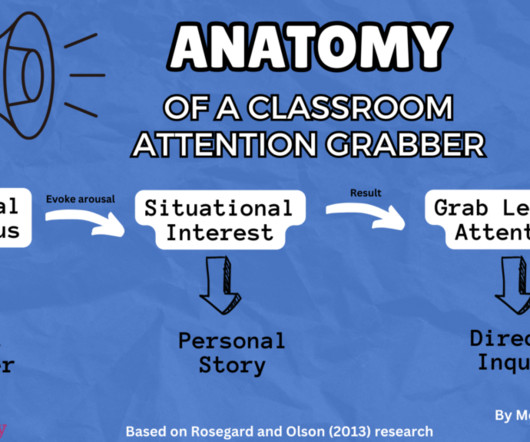

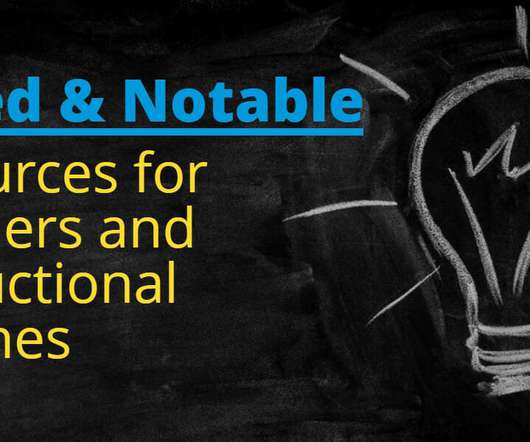


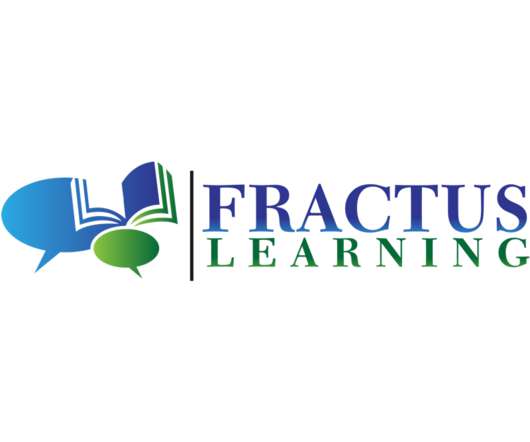



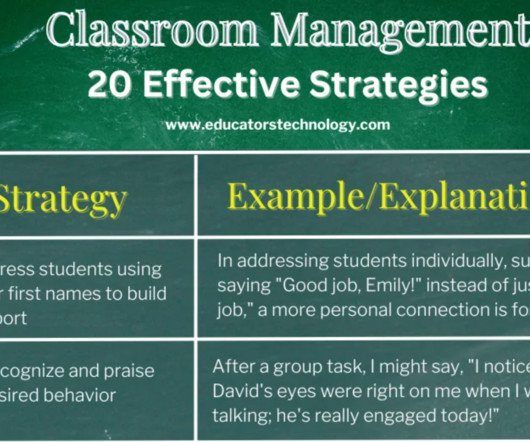
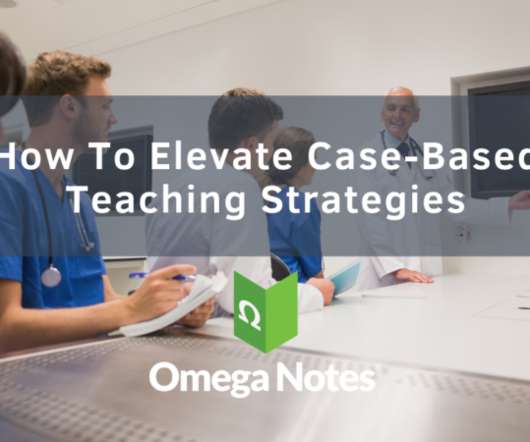
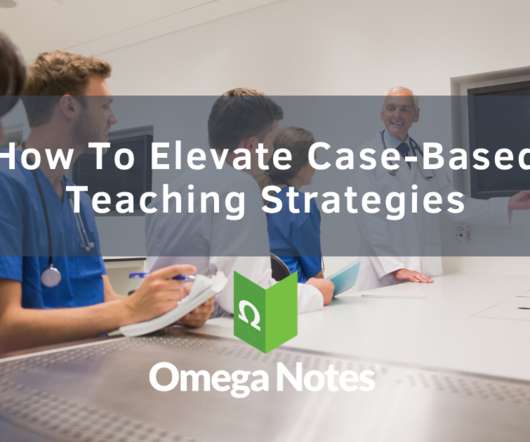
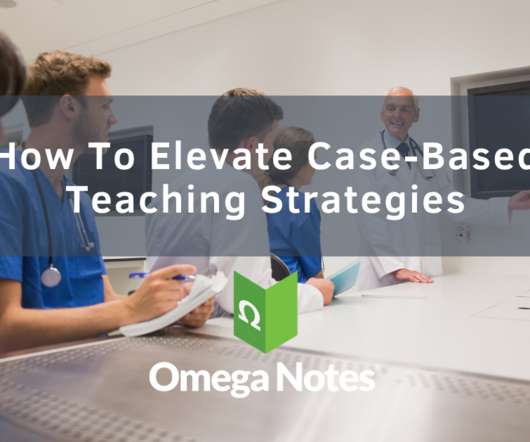


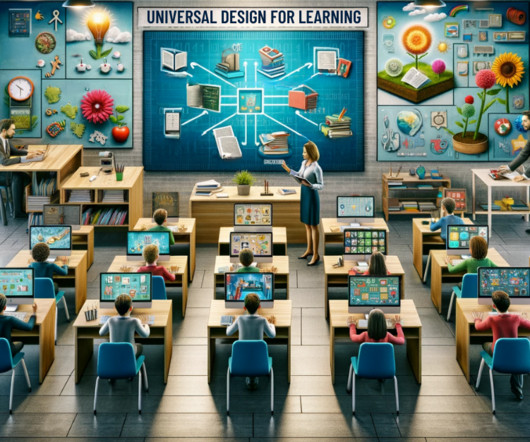










Let's personalize your content